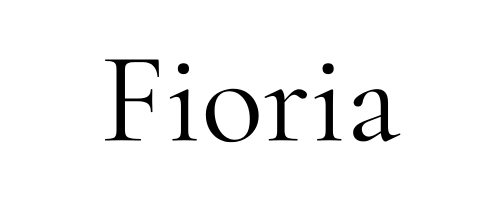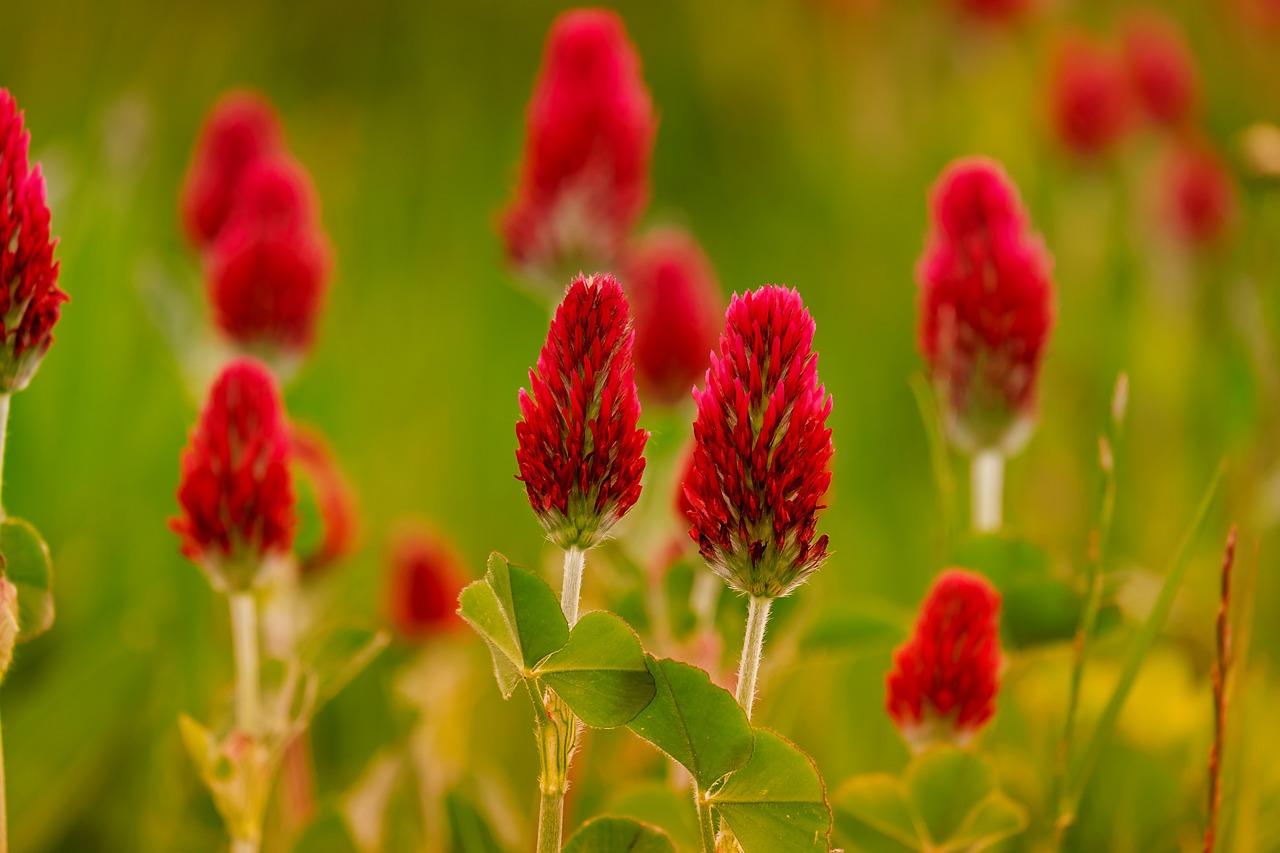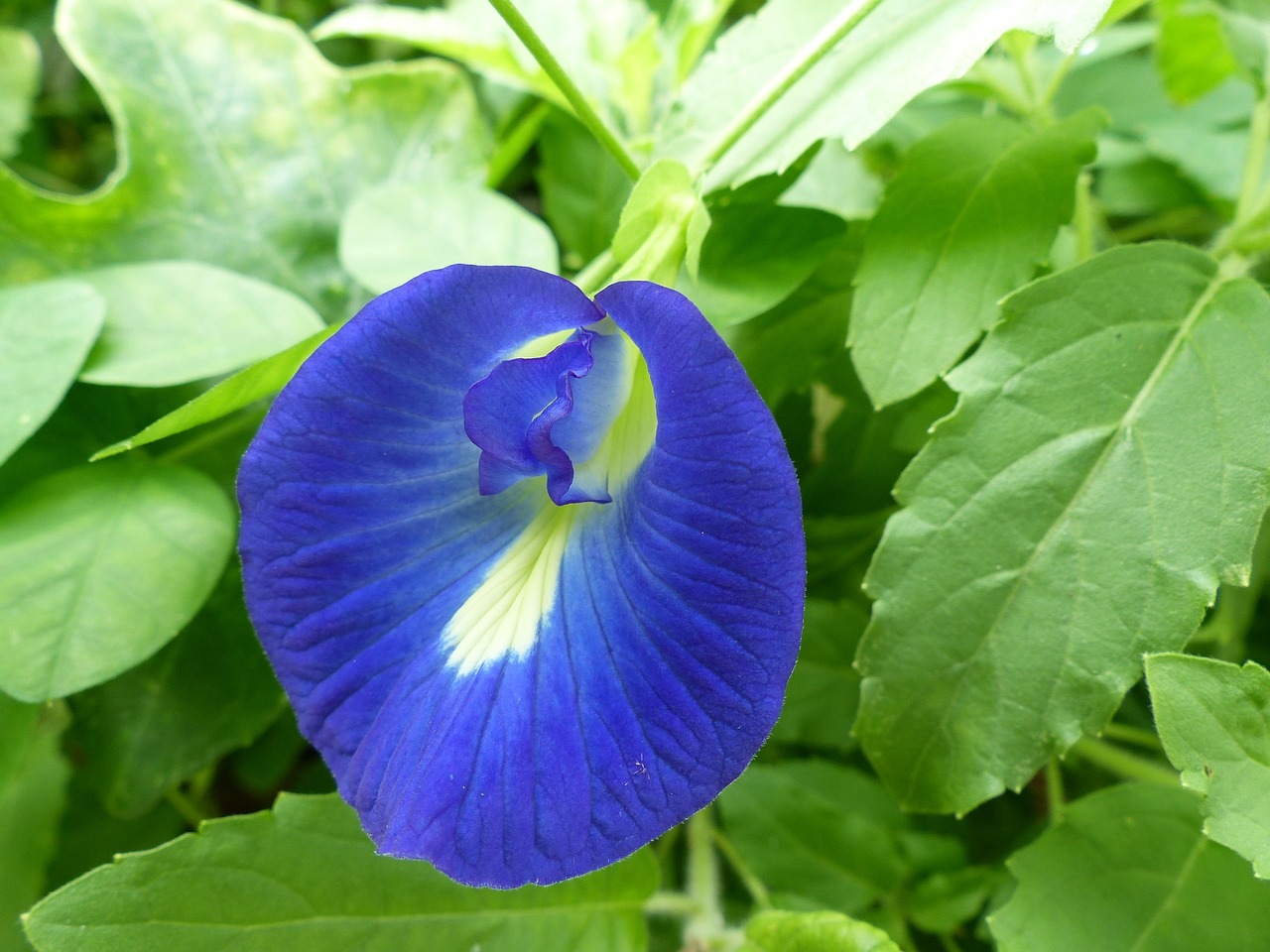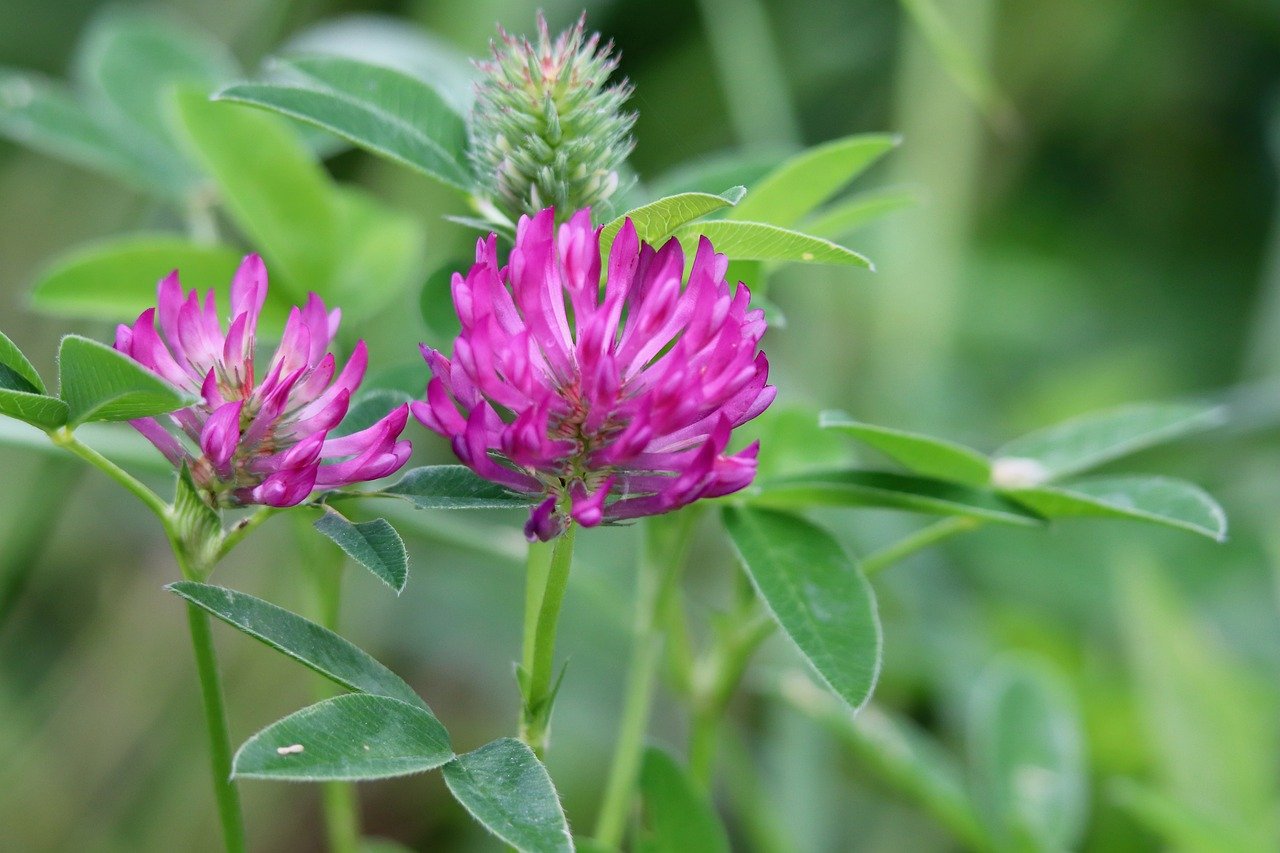Blue false indigo: Features and Care
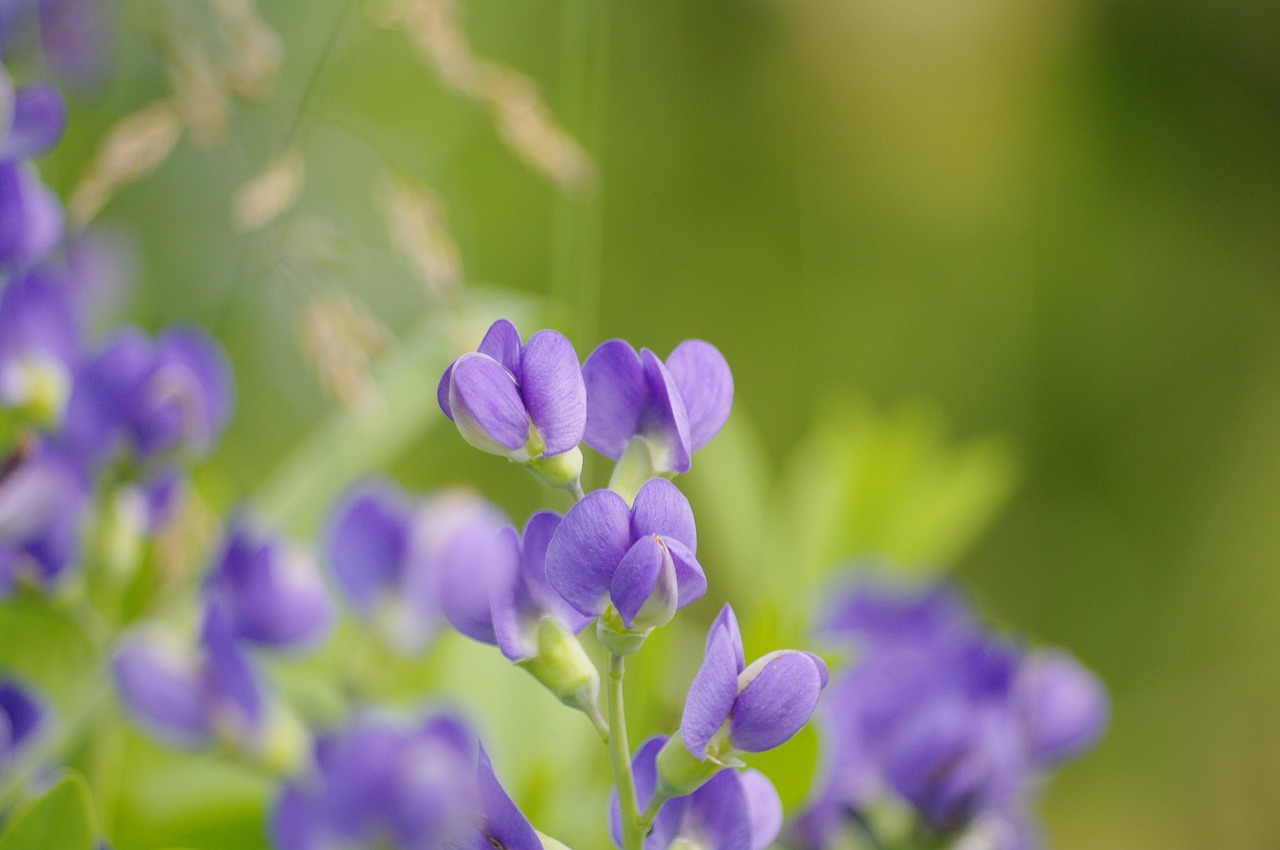
Blue false indigo is a perennial plant in the legume family known for its elegant blue-purple flowers and soft gray-green foliage. Native to North America, it was once common across open prairies and is now widely used in garden design for its naturalistic appeal.
This article outlines its key characteristics, cultural context, historical background, and care tips.
Basic Information
- Scientific name: Baptisia australis
- Family: Fabaceae
- Origin: Central and eastern United States
- Appearance: Reaches about 90–120 cm in height. From May to June, it produces spike-shaped clusters of blue-purple flowers. Its trifoliate, gray-green leaves offer a calm and subtle texture to garden settings.
- Blooming season: May to June
Cultural Significance Around the World
In American gardening culture, blue false indigo is highly valued in prairie-style and naturalistic landscapes. It is frequently used in public parks and botanical gardens that emphasize native plants and biodiversity.
In countries such as Germany and the Netherlands, it is also used in wildflower-inspired garden designs, where it helps create gardens with a relaxed and organic atmosphere.
Historical Background
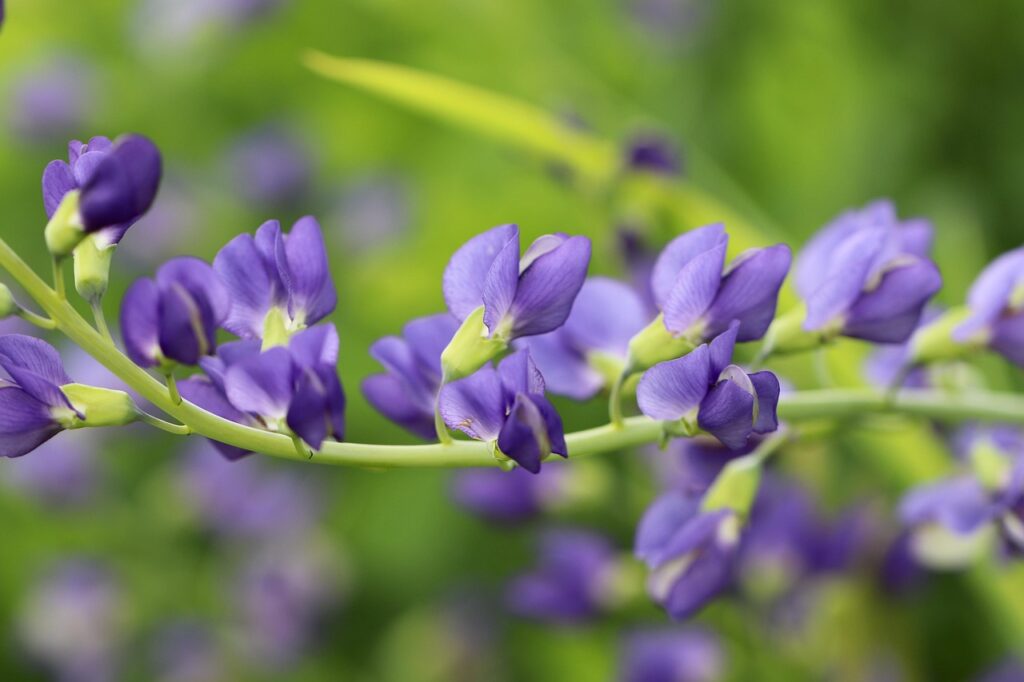
Blue false indigo was introduced to Europe during the late 18th and early 19th centuries, brought back by explorers and naturalists from North America.
The genus name Baptisia comes from the Greek word meaning “to dye”, referring to the plant’s historical use as a natural dye substitute for indigo. In the early American frontier, its pigment was sometimes extracted and used as “wild indigo” for blue dyeing when true indigo was unavailable.
Gardening Advice
Blue false indigo adds calm structure and subtle color to garden spaces. The following points can help ensure healthy growth:
Sunlight
Thrives in full sun. Adequate light encourages strong stems and reliable blooming.
Watering
Once established, it tolerates dry conditions. During the first growing season, water regularly. Afterwards, water deeply when the soil surface is dry.
Soil
Prefers well-drained soil. A mix of sandy or loamy soil with added compost is ideal. Avoid soggy conditions.
Fertilizer
Requires only light feeding. Apply a small amount of slow-release fertilizer in early spring. Over-fertilizing may cause overly tall, weak growth.
Pruning and Support
After flowering, trim lightly to maintain shape. In windy areas, staking may help keep the tall stems upright.
Overwintering
Cold-hardy in most regions. The above-ground parts die back in winter, but new shoots appear in spring.
Conclusion
Blue false indigo is a perennial native to North America, known for its blue-purple flowers and suitability for naturalistic planting designs.
It has historical importance as a substitute dye plant and was introduced to Europe during the botanical exploration era. Its long-lasting presence in both American and European gardens highlights its value in native plant landscaping.
With proper sun and drainage, it provides a stable and refined accent in various outdoor spaces.
